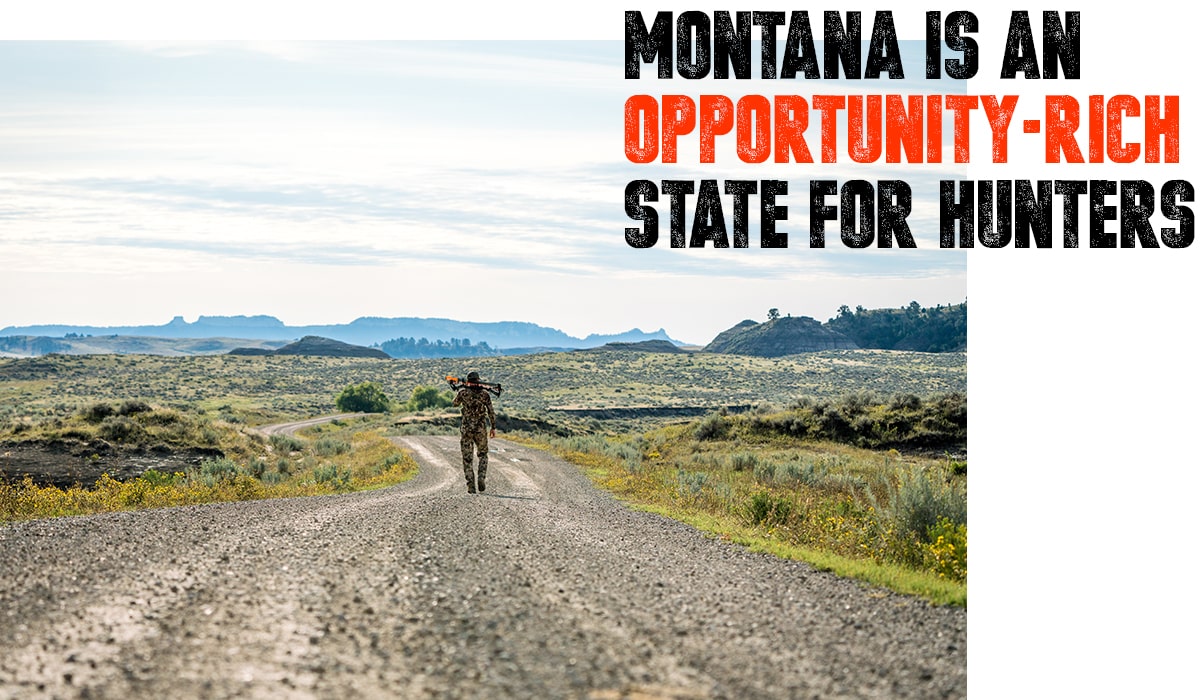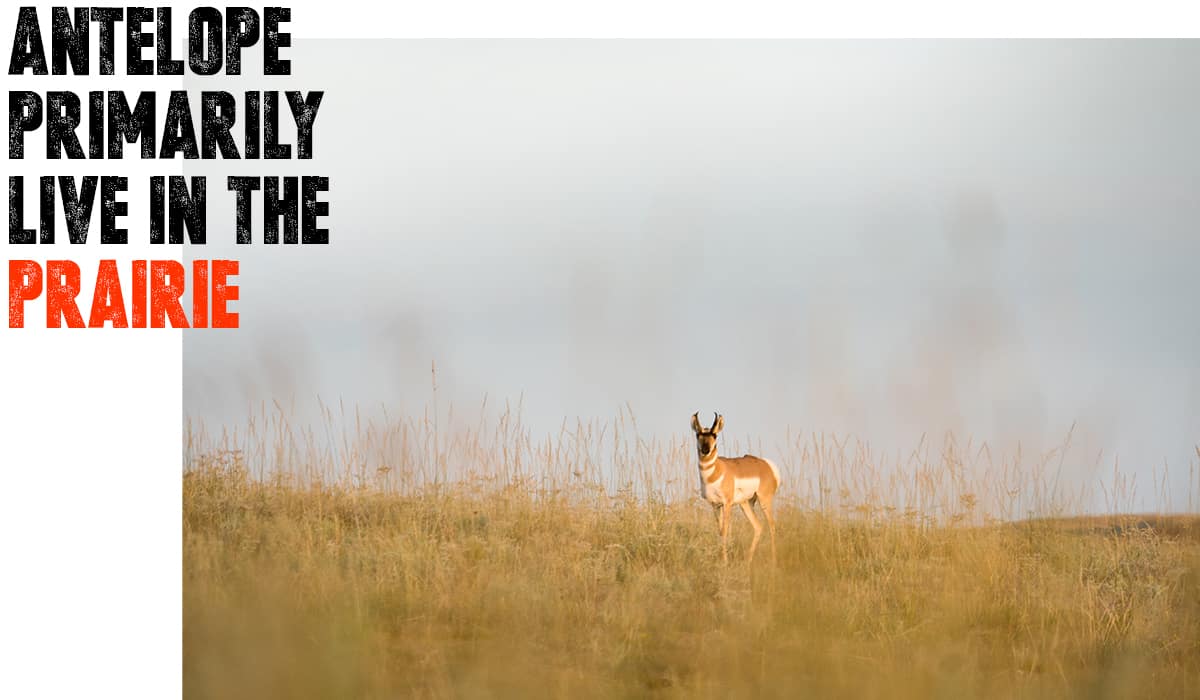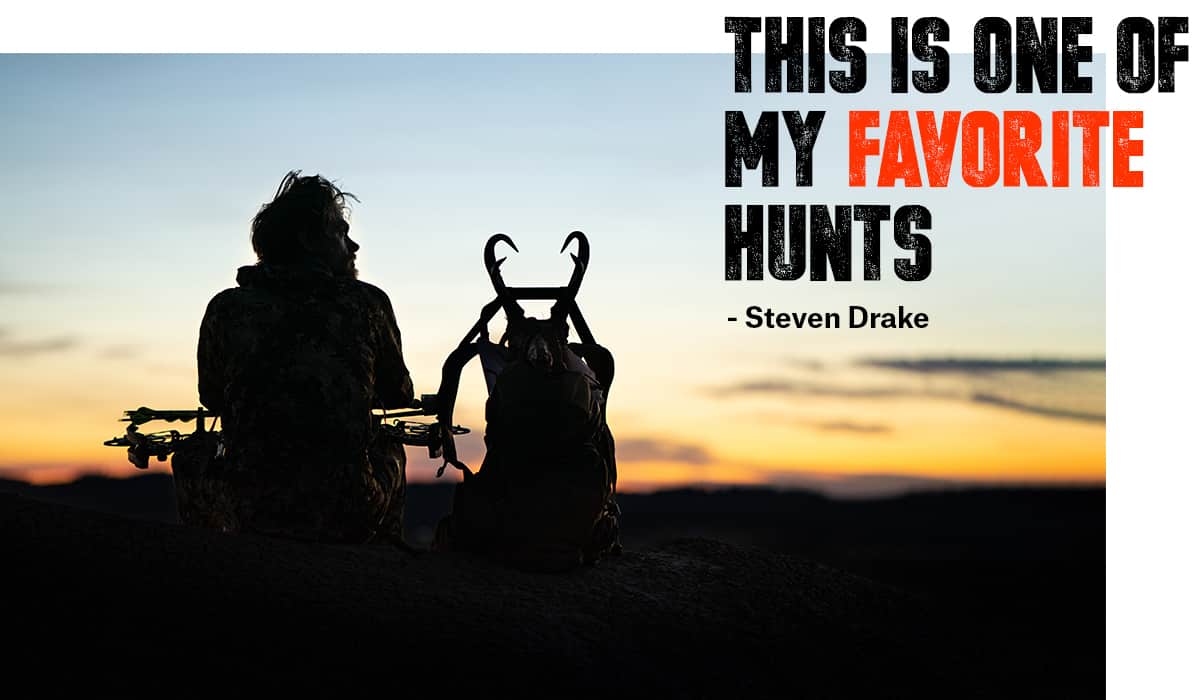In the latest installment of our “Anyone’s Hunt” series, onX Ambassador and professional hunting photographer Steven Drake joined photographer and hunter Connor Gabbott for a DIY Montana archery antelope hunt. The pair walks through the planning, preparation, and actual hunt, sharing their tips and tactics for planning a DIY hunt.
Curious about other lesser-known, over-the-counter hunting opportunities available to the DIY hunter? Watch an Arizona mule deer hunt with Connor Gabbott, Jordan Gill, Zach Sandau, and Steven Drake as they document their experience hunting a late archery deer season. Or join Steven Drake for a Montana shed hunt and learn his tactics for bringing home a pack full of antlers.

And now, in Drake’s own words, here’s the tactics and story behind a DIY Montana archery antelope hunt:
Montana is an opportunity-rich state for hunters, especially bowhunters. One unique archery hunt available to anyone is the 900-series antelope tag. This is an either-sex archery-only tag that is good for most of the state and runs from August 15th through early November.

To get this tag you must apply, but draw odds for residents and non-residents have been 100% the past 4 years, so it’s almost a guarantee. If you miss the draw deadline, leftover tags (if available) can be bought on a first-come-first-serve basis, usually in August. The tag costs just $205 for non-residents and you can do the hunt yourself (DIY)—no guide required. The weather in August and September, which is when I’d recommend hunting, is usually mild and dry, and antelope populations are healthy across Montana.
So, you have a tag in hand. Now where to hunt? The entire process of where to hunt, what to bring, etc. is outlined in Episode 1 of “Anyone’s Hunt: Montana Antelope”. Some key takeaways from that episode are:
- Antelope primarily live in the prairie and congregate in areas that have agriculture, water and wide-open sagebrush country in which to seek cover. E-scout with onX Hunt and find public roads that intersect tracts of public land that have food, water and cover. Drop a pin and focus your efforts here!
- Montana has a private land access program called the Block Management Area Program (BMA) which opens up 7 million acres of privately-owned, enrolled land to hunters. BMAs hold many antelope and the onX Hunt App has the BMA layer, so be sure to turn that on before coming to hunt Montana.
- This hunt is very affordable. Here’s a basic breakdown:
- $205 for your antelope tag
- $15 for your base hunting license
- $10 for your archery stamp
- If you plan on driving, estimate $200 in fuel
- Maybe $100 in food
- Truck camping is free
- In total, you’re looking at about $500 to do this hunt

- As you spot-and-stalk antelope you’ll often be crawling on hard ground and through cactus. Knee pads are a must!
- Day hunting from your vehicle is a good tactic. Plan to bring a light pack with food, water and supplies for the day.
This is one of my favorite hunts. It’s opportunity-rich. There’s a plethora of public or publicly accessible land to hunt. You get multiple stalks per day and you’re not limited to hunting at first and last light like you are with many other animals. It’s a fun time and makes you a better hunter.
To learn more watch “Anyone’s Hunt: Montana Archery Antelope.”
– Steven Drake